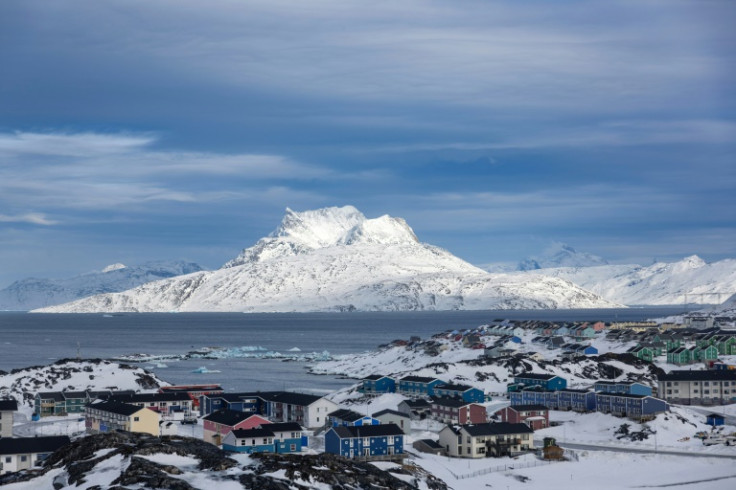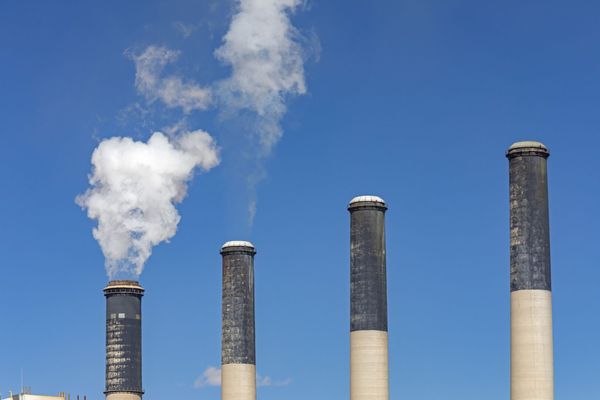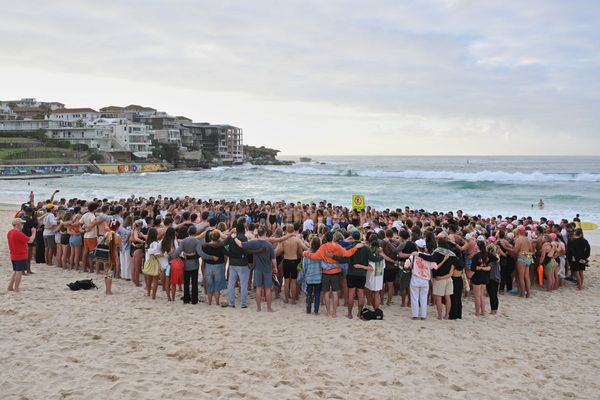
Donald Trump's push to gain control over Greenland wasn't just about national security or strategic location, it was about rare earth minerals, according to a new report that sheds light on the motive behind his controversial 2019 proposal.
The president's interest in purchasing or asserting control over Greenland aligned closely with efforts to secure access to the island's vast deposits of rare earth elements, according to a report from the Washington Post. These minerals, essential for defense systems, electric vehicles, and high-tech manufacturing, are currently dominated by China, which controls over 90 percent of global processing. Greenland holds some of the largest untapped reserves in the world, with geologists estimating deposits of at least 25 of the 34 minerals the EU considers critical, and over two-thirds of those listed by the U.S.
One site, the Tanbreez mine in southern Greenland, is believed to hold enough minerals to last 1,000 years. The project, owned by Australian investors Greg Barnes and Tony Sage, has drawn U.S. attention. During Trump's first term, Barnes was invited to brief White House officials on the mine's potential. Though Trump never met Barnes, he began publicly talking about "buying" Greenland soon after.
The Trump administration later offered a $120 million loan to help jump-start the project through the U.S. Export-Import Bank as part of a new initiative aimed at reducing reliance on China. While Trump's rhetoric suggested he wanted to acquire Greenland outright, insiders now say what he really wanted was favorable access to its mineral wealth to secure supply chains for U.S. defense and tech industries.
However, Greenland's leaders have resisted the idea of rapid industrial growth. "We don't need to be the greatest mining country in the world," said Greenland's mining minister Naaja Nathanielsen. She emphasized that the government supports a slow, measured rollout of mining operations that benefit the public and preserve the environment. "I do think in 20 years we will have six or seven active mines at any one time," she said.
Local resistance also remains. Fishermen and farmers in southern Greenland worry that mining projects could destroy their livelihoods. "Mining is good for the government, because they want the money," said Sori Paviasen, a sheep farmer in Qassiarsuk. "But is it good for Greenland farmers?"
Though the Trump administration's plan appears to have stalled, the push for influence in Greenland continues.
© 2025 Latin Times. All rights reserved. Do not reproduce without permission.









